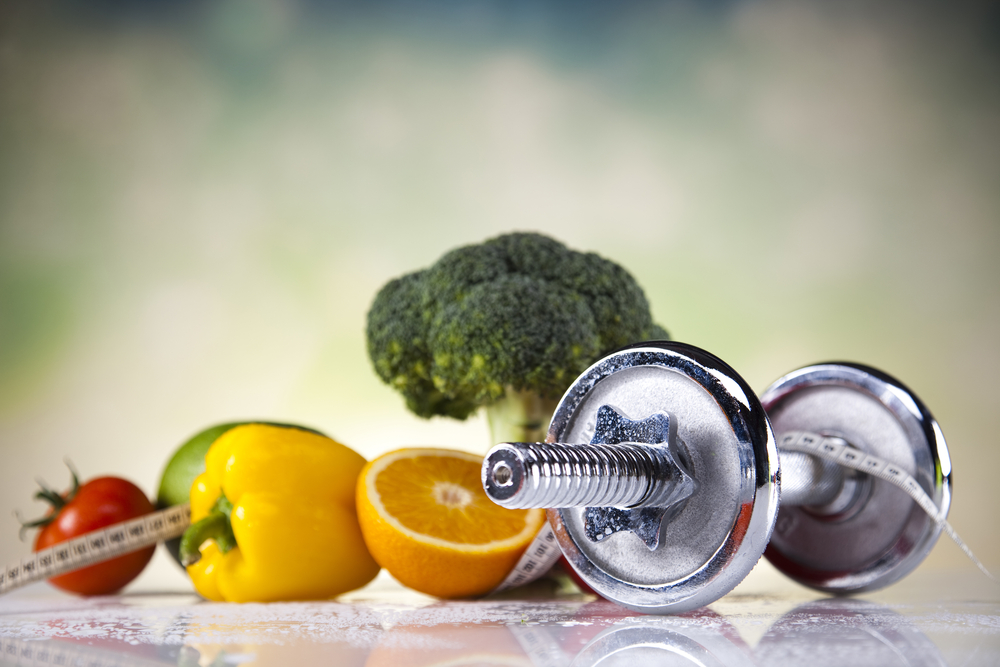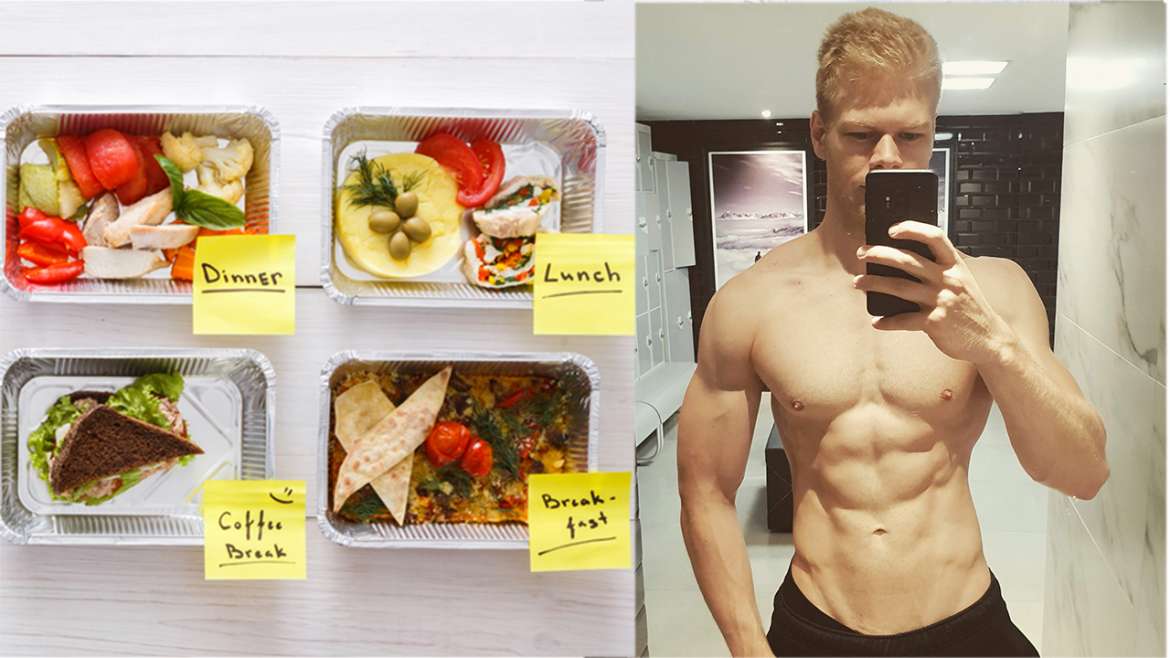No matter what goal in life you want to accomplish you will have to come up with a strategy. Without the proper strategy and gameplan, a goal is nothing more than a dream.
Nutrient timing is the concept of when you provide your body with certain nutrients. It can be further broken down into several aspects:
Meal timing: What time of the day you eat your meals
Meal frequency: How many meals you eat
Meal Spacing: How the meals are spaced out
Macronutrient Split: How much protein, carbs, and fats are included
Pre and Post Workout Meals: When and how you eat in relation to exercise
In theory, all these factors could be mixed together to result in endless possibilities for nutrient timing. You could, for example, eat 6 meals a day which was the traditional advice for fitness enthusiasts for a long time. Or you could fast for part of the day and gorge during a short window of a few hours, like intermittent fasting proponents do.
You could also change the size of your meals and divide them into bigger and smaller ones, or you could size them evenly. Of course, there is also the possibility to eat certain things before and after your workout, or maybe even during.
If you are somewhat familiar with the most common dieting trends, you know that there are actually advocates of all these dieting styles even though they seem to contradict each other quite a bit.
What most of them forget, however, is that nutrient timing only makes up a small fraction of the effect your diet will have on your health.
If all the other factors beneath it on the nutrition pyramid have been accounted this one makes up maybe 5 to 10 % of overall results. This alone should be enough reason to not freak out about nutrient timing too much. Its just not worth the effort. Of course, there are some things you still want to keep in mind when designing your diet, which we will talk now.
Protein Timing
When and how often should you consume protein per day?
You probably heard the age-old advice that you should eat 6 meals throughout the day to constantly supply your muscle with enough protein that it doesn’t break down. The idea is that while our body can store dietary fat (adipose tissue) and carbohydrate (liver and muscle glycogen), cant store excess protein.
That’s why for years bodybuilders religiously planned their meals and always had a protein shake or protein bar with them to avoid going into a catabolic state where your body breaks down muscle tissue.
However, today we know that even though the body cant store excess protein, it’s a lot smarter than many people think and you don’t have to eat 6 meals to grow and maintain muscle tissue, nor do you have to time them exactly 3 hours apart. Let me explain.
When it comes to protein timing our one and only goal is to create a continual supply of amino acids (from digested protein) into the bloodstream to avoid muscle breakdown. The one important variable we have to look at here is protein digestion.
Protein digestion describes how fast the consumed food is actually broken down into amino acids and absorbed by the gastrointestinal tract.
How long this process takes depends on three factors: Protein Type, Meal Size, and Fat and Fiber Content. let’s look at each of them in more detail:
Protein Type:
The fastest digesting protein is whey, which can clear the GI tract in within the hour. Whole food proteins (e.g. chicken breast, lean beef and fish) come next. These proteins can take a few hours to be absorbed from the GI tract.
Last on the list are dairy products. This is because of their casein content, which can take up to seven hours to be absorbed.
Meal Size:
Because our stomach requires a certain time to break down and absorb food, simply adding more food will prolong the digestion time of protein.
The protein in a normal whey protein shake will usually be digested within an hour. But, if you add to that shake some oatmeal the same protein will be digested a lot slower. Even more protein itself can bring down absorption times.
Both fat and fiber will also prolong the digestion of proteins. That’s why a big and fatty steak can take as long to be digested as a casein source.
Now with this in mind what is the bottom line on meal frequency when it comes to protein. First, your goal is to maintain a continual supply of amino acids to the muscle. Second, there are different ways of achieving this.
You can eat 6 smaller meals and simply follow the old bodybuilder advice. But you can also just eat 3 meals as long as they are large enough to cover both your daily protein needs and are slowly digested. Now I probably wouldn’t go lower than 2 meals per day but I doubt that you would want that anyway.
What about Protein timing when it comes to your workouts?
The evidence on this is inconclusive. Some studies show a positive effect of post-workout protein on protein synthesis, others find no such relation.
Overall it seems that as long as you meet your daily calorie and nutritional requirements through your normal diet you don’t have to drink a protein shake right before or after your workout like many people think.
What you want to do instead is to get your pre and post meals right, which is something I cover in a different post.
Carbohydrate Timing
Let’s now look at carbohydrate timing in regards to both meal frequency and timing to exercise. With carbs, meal frequency is not generally an issue unless you want or need to consume a lot.
That means that you can again eat them in two to six meals throughout the day. In theory, carbohydrate meals that are too large to be converted into glycogen will be deposited more as fat tissue. However, from my experience the drawbacks are minimal. What’s more important is that you time your carbs according to your workout schedule.
Simply put, you want to eat some form of carbohydrates before and after your workout.
Why?
Because eating carbs before your workout will provide your muscles with additional fuel for your training, which will indirectly affect your muscle growth because you will be able to lift more weight or train more intensively.
Eating carbs after your workout, on the other hand, will refill glycogen stores which have been depled in your workout. Also, include carbs in your post-workout meal will quickly raise insulin levels and keep them elevated for longer periods of time. Insulin acts anti-catabolic, which means it lowers the rate of protein breakdown that occurs after exercise.
So you see it’s pretty simple. How often you eat carbs throughout the day doesn’t really matter as long as you get some before and after your workout.
You probably want to know how long before and after you need to consume your carbs and how much exactly. That is what I talk about in the post on pre and post workout meals.
Fat Timing
Now that we have talked so much about protein and carbohydrate timing, here is some good news. Fat timing is a lot simpler.
Really the only time you should avoid fats is right before your workout. Since fat slows down the digestion of both carbs and proteins a meal high in fat right before your workout will not only make your more tired, it also limits the availability of energy in the form of carbs throughout your workout.
That being said if you eat your meal an hour before your workout or even before then don’t worry about fat intake. The only other concern with fat timing is actually not so much a problem as it is an advantage.
Like I said before, fat will slow down the digestion of carbs and proteins, so it can be used to time meals over long intervals.
For example, if you can’t eat for some reason for the next several hours, eating a large fatty meal will slow down protein digestion and keep a consistent level of amino acids in the blood. Don’t overcomplicate this though. As long as you meet your recommended daily fat intake this is the least important thing to worry about.



